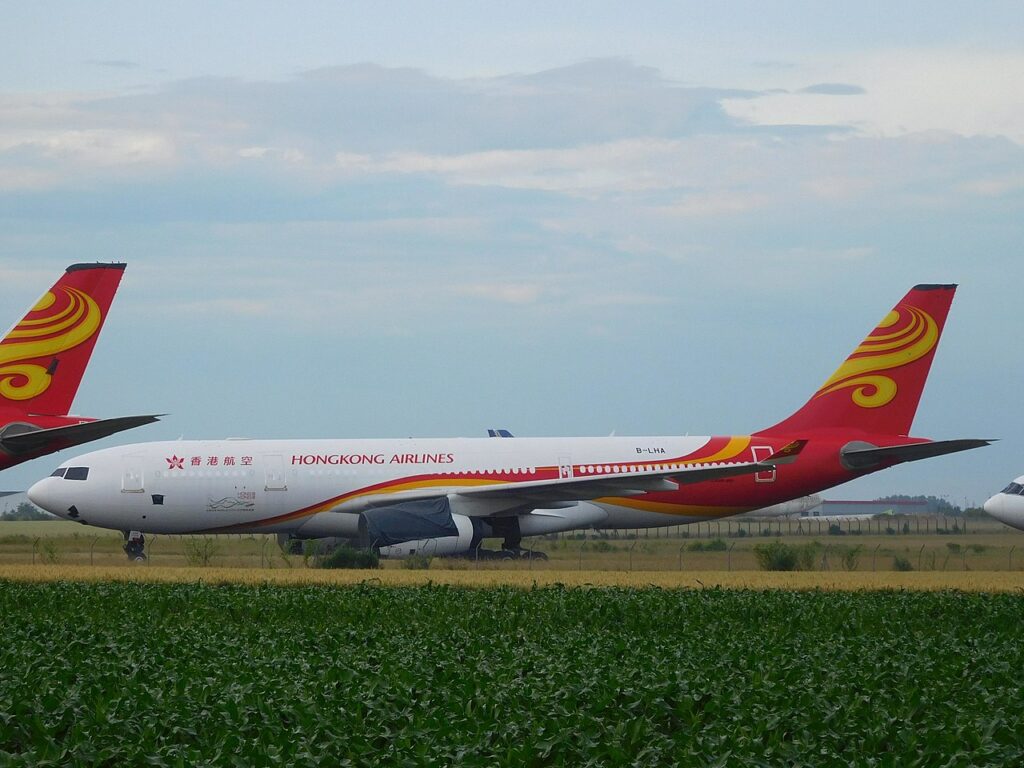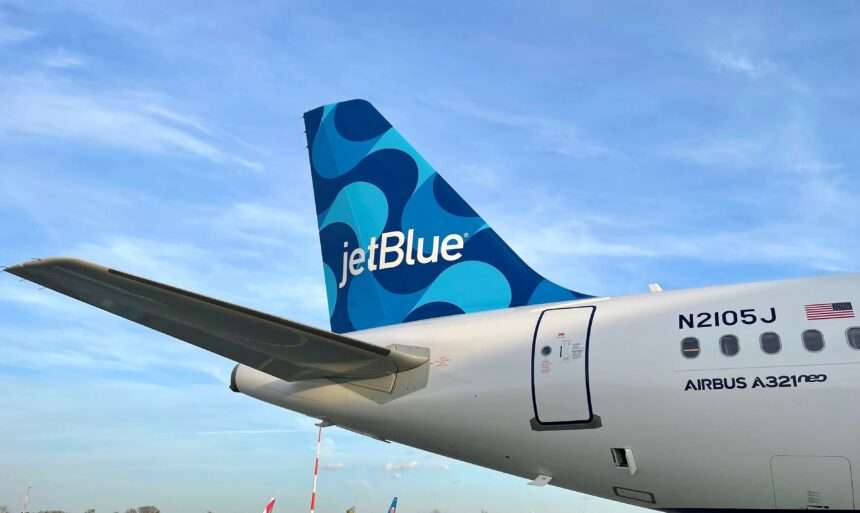LONDON – Hong Kong’s Air Accident Investigation Authority (AAIA) has today published its investigation report (01-2023) into an in-flight turbulence encounter involving a Hong Kong Airlines flight.
The 2019 accident
The Hong Kong Airlines (HKA) Airbus A330-243 (registration mark B-LHA) was enroute from Beijing to Hong Kong on June 18, 2019 when it encountered severe turbulence near the Nansha District, Guangzhou City, Guangdong Province.
Prior to that point, the aircraft had been experiencing moderate turbulence during the cruise. Prior to the descent phase, the captain had informed the cabin crew manager that the forecast weather in Hong Kong was bad, and to prepare the cabin for an early arrival.
During the cabin crew pre-landing checks, whilst the seatbelt sign was on, the aircraft encountered a region of moderate to severe turbulence in the captain instructed the cabin crew to take their seats.
During the severe turbulence encounter, one cabin crew member sustained a right foot injury. She was transferred immediately to the airport clinic for medical treatment on arrival at Hong Kong International Airport.
She was later transferred to Prince Margaret hospital with a fracture to the right foot, which was sustained during the in-flight turbulence incident.
Safety actions by Hong Kong airlines
Following the accident, the airline proactively formed the “2019 Turbulence Working Group” to follow up on cabin safety issues arising from turbulence events.
The working group subsequently held two meetings in 2019 following the accident in question. The workshop was also conducted to discuss risk assessment and rectification actions for any in-flight turbulence situations encountered.
Several cabin in-flight inspections (16 in total) were conducted by the airline to ensure that appropriate turbulence management and related standard operating procedures (SOP) were being complied with.
AAIA safety recommendations
The report noted that the aircraft was airworthy and the weather radar system was functioning normally at the time of the occurrence. Crew operation of the radar system, and procedures including the selection of seatbelt signs had been appropriate and met compliance.
The safety body found that the cause of the accident was unexpected severe turbulence during the aircraft’s descent into Hong Kong.
Concluding their investigation of the accident, the AAIA made only one safety recommendation. It observed that there would be a safety benefit to the airline in maintaining their established Working Group as a routine safety function.
A full copy of the AAIA report can be found here.









